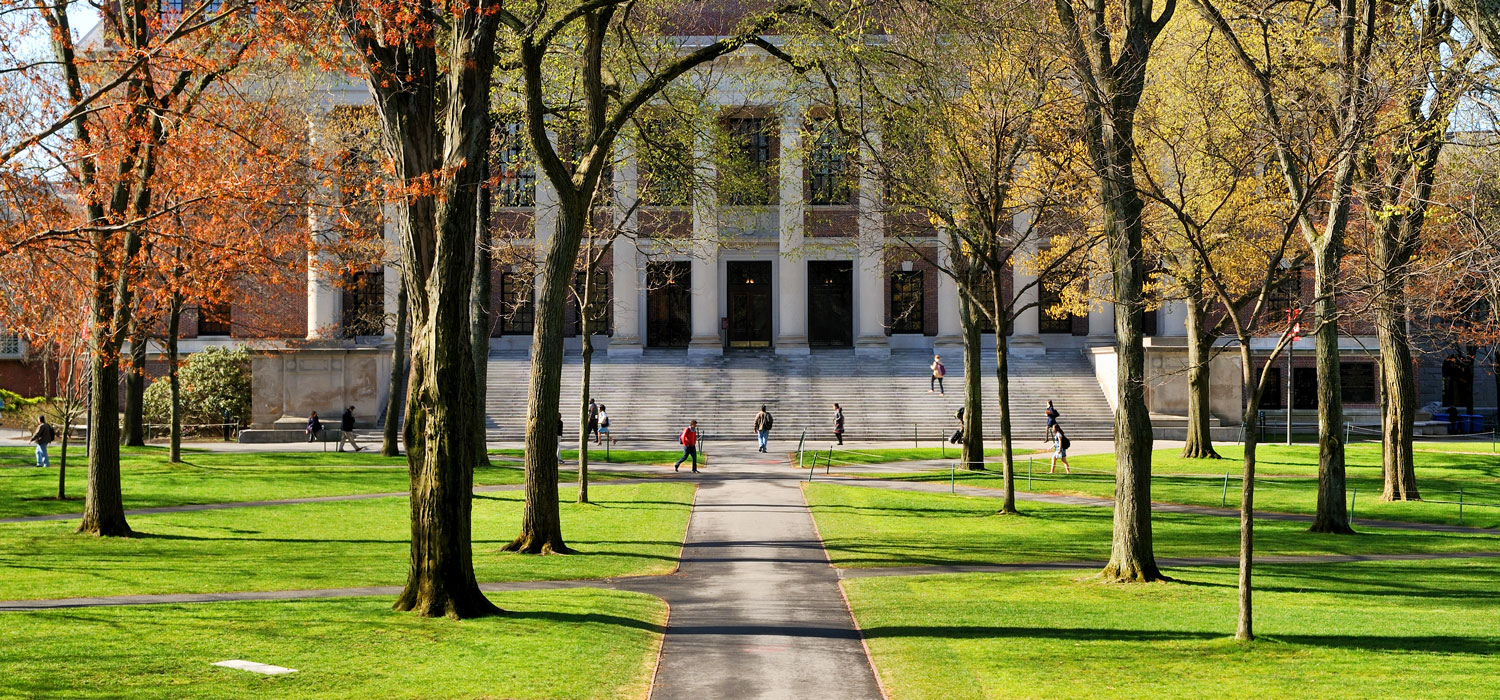
<p>Photo via Shutterstock.</p>
Although published college tuition price increases have slowed in recent years, the net prices students actually pay are rising because financial aid has failed to keep up, according to data in this year’s Trends in College Pricing and Trends in Student Aid reports from the College Board (of which I am a coauthor).
After 11 years of increases ranging from 5.6 to 13.4 percent, in 2017–18, for the sixth year in a row, public four-year colleges and universities raised their published prices less than 5 percent. The average price across the nation rose 3.1 percent, from $9,670 in 2016–17 to $9,970 in 2017–18. After adjusting for inflation, this slow increase in tuition and fees has amounted to about 1.5 percent a year. But the average net price students pay at public four-year colleges and universities has risen by about $140 a year, small increases that add up over time.
Does this information mean that college is becoming less affordable? Or do the slowing tuition increases and the fact that average borrowing declined for the sixth year in a row mean college is actually more affordable? As the Urban Institute’s Understanding College Affordability website details, we have to ask more questions to gain meaningful insight into this critical issue.
A starting point is to ask “affordable for whom?” It’s not just students and families who pay for college. Federal, state, and local governments—the taxpayers—also contribute.
In 1984–85, state and local governments provided $7.37 for every $1,000 in personal income for higher education. Thirty years later, they provided $5.28 for every $1,000 in personal income. The number of students enrolled in public colleges and universities increased more than 50 percent over those years, from 9.5 million to 14.7 million, as the share of recent high school graduates enrolling immediately in college rose from 55 percent to 68 percent.
Although the share of costs covered by state governments has declined, tuition and fees—including the portion paid with financial aid dollars—still cover less than 60 percent of the cost of education at public four-year colleges and a smaller share at public two-year colleges. The federal government has increased its support of postsecondary students. Like state funds, these government subsidies to students come out of taxpayers’ pockets.
We shouldn’t only talk about how much students pay. We should also talk about taxpayer support of higher education. There has been a lot of discussion lately at both the federal and state levels about making college “free.” But these conversations focus on only a fraction of the cost. Eliminating tuition doesn’t answer the question of how to pay for college. Providing meaningful educational opportunities is expensive, and if students and families don’t pay, taxpayers will have to. We should be debating how much state and federal governments can afford to pay to educate people and what might be the cost of not adequately supporting this enterprise.
It may seem easy to say that reducing the amount students have to pay for college makes higher education more affordable. But if taxpayers don’t make up the difference (after institutions work hard to increase their efficiency), students won’t get enough value. And for taxpayers to make up the difference, students and their families and everyone else will have to agree to a tax system that generates the necessary revenues. Can taxpayers afford to forgo some tax breaks to ensure all who can benefit have access to high-quality postsecondary education?
Higher education is expensive for both students and taxpayers. But that doesn’t mean it’s not affordable. This is an investment with a high return for both individuals and society. The real question is whether we can afford not to make this investment, diminishing the strength of our workforce and our economy and sacrificing the futures of our next generation.
Let’s build a future where everyone, everywhere has the opportunity and power to thrive
Urban is more determined than ever to partner with changemakers to unlock opportunities that give people across the country a fair shot at reaching their fullest potential. Invest in Urban to power this type of work.